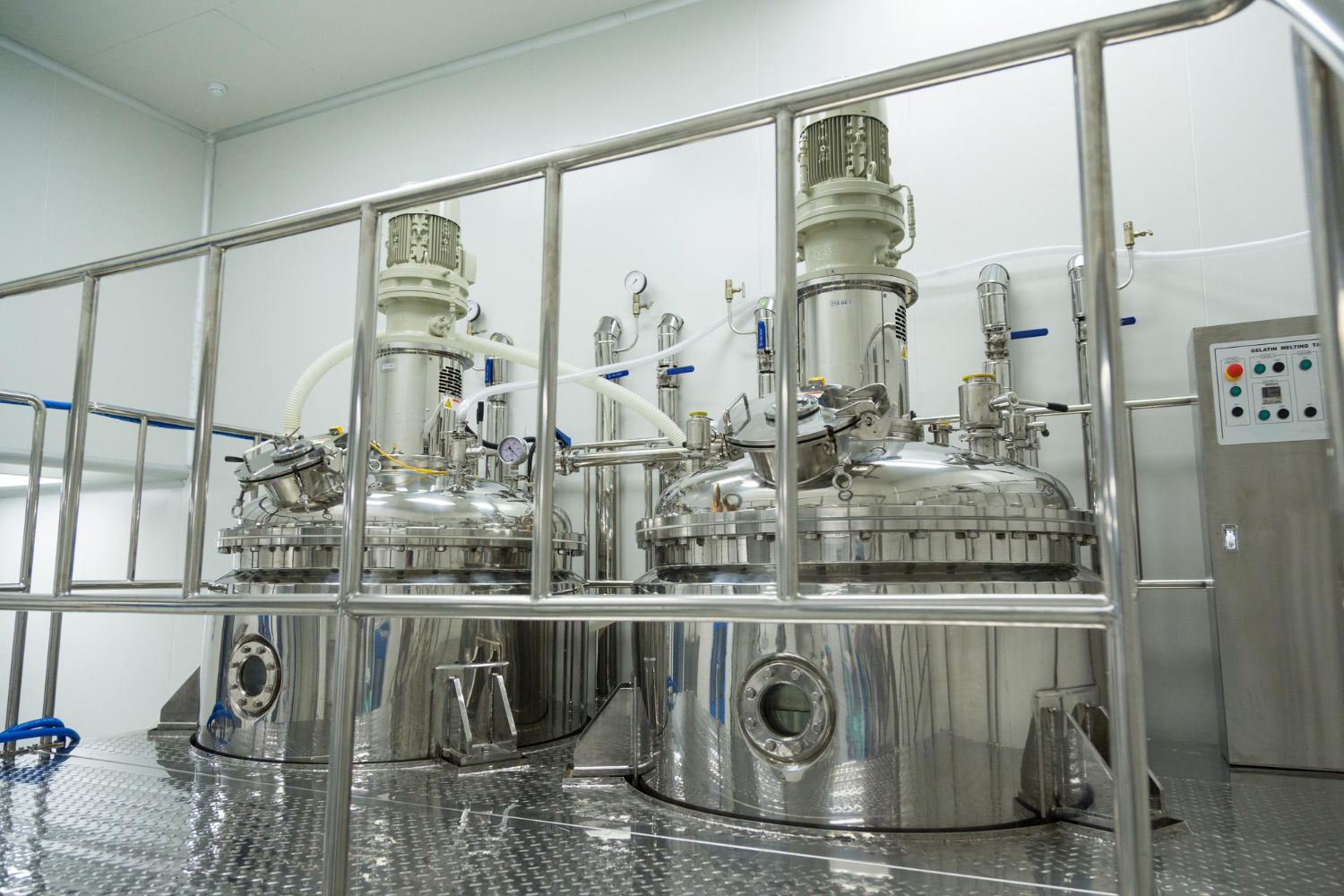 Industrial blenders help food manufacturers change raw resources into delightful and edible food. This is achieved through dry blending, emulsification, dissolution, and high-viscosity mixing. Their capacity to create mixtures is their major advantage. Once the right proportions are formulated for a product, people can easily scale them up with these specialized machines.
Industrial blenders help food manufacturers change raw resources into delightful and edible food. This is achieved through dry blending, emulsification, dissolution, and high-viscosity mixing. Their capacity to create mixtures is their major advantage. Once the right proportions are formulated for a product, people can easily scale them up with these specialized machines.
Table of Contents
Versatility
The food industry is about transforming raw materials into high-quality products that consumers can sell. The industrial blender for food blending is an essential tool that helps achieve this goal by blending and mixing different ingredients. This blending and mixing process helps to create a consistent texture for the product.
Industrial blenders come in various shapes and sizes, each designed to meet the requirements of specific applications. They can blend solids, liquids, and diverse mixes, including granules, coarse powders, sticky pastes, and abrasive materials.
They also feature a wide range of controls and settings that allow the user to customize the device’s operation. Some models feature simple paddle switches, while others have dials and electronic displays. Some have adjustable timer controls that can be pre-programmed for future use. Other models can be customized with various removable blending heads or blades. These can include straight blades for pureeing and emulsifying, whisk blades for whipping and mixing, and serrated blades for cutting and grinding.
Cost-Effectiveness
When many people hear the word blender, they think of the appliance on their kitchen counter and use it to make food. However, the industrial version of these machines can do much more than mix and blend ingredients. They are used in the food industry for various tasks, including dry blending, emulsification, dissolution, and dispersing highly viscous materials. These processes are the primary methods for transforming raw resources into delectable and edible food.
When selecting a commercial blender for your business, it’s essential to consider your needs and how the machine will be used. If you plan to prepare a lot of thick smoothies or milkshakes, you will want to look for a more powerful unit. However, a less powerful machine will suffice if you only plan to make a few of these beverages each day.
Industrial blenders are generally made from stainless steel but can be constructed from other materials, such as cast iron and aluminum. Most of these machines are welded to create a solid unit that is easy to clean and maintain.
Safety
Industrial blenders come in a range of shapes and sizes. Each is designed and engineered to meet the demands of specific applications. They can blend solids, liquids, and diverse mixes, including granules, powders, sticky pastes, and abrasive materials.
They are also used in clinical settings, such as manufacturing plants for chemical compounds and drugs. Once pharmacologists decide the precise reaction to make a particular medication drug, they configure industrial blenders to help facilitate the breakdown and reaction on a larger scale.
In addition to basic blending functionality, many industrial blenders have additional features that can help streamline the blending process and reduce labor costs. For example, some feature jar pads that catch spills and splatters, making clean-up much easier and faster. Other options include dials for adjusting speed and power levels, particularly useful in high-volume environments. Some even have an accelerator tool or tamper, which helps to push the ingredients through the blade for thorough blending.
Efficiency
Whether it’s adding a preservative or stabilizing food items, industrial blenders are used to perform several functions. They’re the primary method of transforming raw resources into delectable and edible foods because of their consistency.
Blender manufacturers provide various designs and sizes to suit specific applications. Some industrial blenders are designed to handle solids, others liquids, and diverse mixes, including granules, sticky pastes, and abrasive materials. They also offer programmable time, speed, and power levels for easy operation.
For example, a vertical industrial blender is suitable for blending products sensitive to shear and where floor space is limited. These units have a blending screw that rotates more slowly than horizontal models, which reduces shear and the risk of damage to the product. They’re also welded together, increasing the blender’s strength and durability. They’re also more affordable than many other types of industrial blenders.







